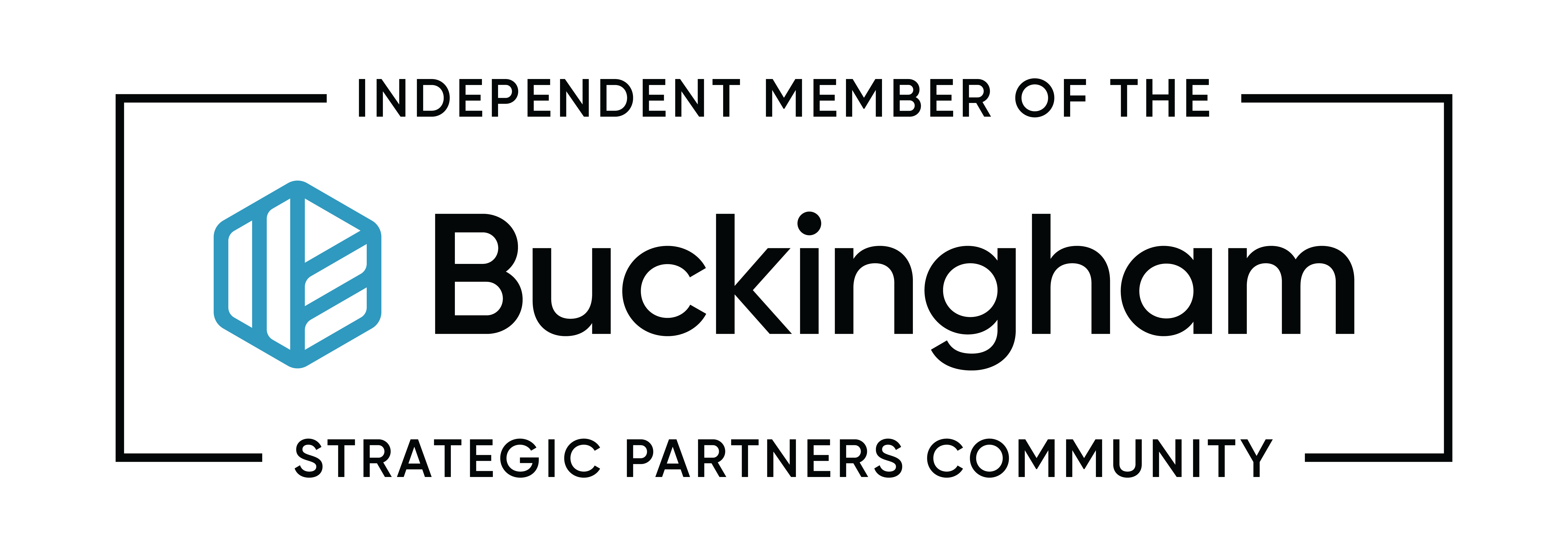It’s no secret the cost of a university degree has shot up in recent decades. According to Georgetown University’s 2023 report, the average cost of tuition, fees and room-and-board increased an inflation-adjusted 169% over 40 years. These skyrocketing costs have left families with seemingly unappealing options: write a series of large checks or see your child graduate with debt. 529 plans offer a vehicle to get ahead of these costs by allowing families to save in a tax-advantaged account. Let’s look at how they work and the ways they’ve been updated in recent years.
Anyone can set up a 529 and start contributing to their child or grandchild’s future educational expenses. Most 529s work like a Roth IRA and allow for after-tax contributions, various investment options and tax-free growth and withdrawals. The important caveat is that these withdrawals must be used for “qualified educational expenses,” a broad but not all-encompassing category. Some states allow you to prepay tuition with a 529, giving families the opportunity to lock in the chief driver of postsecondary costs. It’s important to remember that although 529 plans are recognized by the IRS and federal government, they are individually sponsored and run by the 50 states and District of Columbia. You always want to check your state’s specific rules and fees. For example, some states allow you to deduct contributions on your state income tax bill, while others do not.
Recent Changes
The federal government continues to loosen the rules on 529s, broadening the definition of “qualified educational expenses” and increasing the portability and flexibility of these accounts. Over the last several years a number of these changes have taken effect and they’re worth digging into. In 2017 and 2019, Congress announced that private K-12 schools qualify for 529 distributions. For college and university students, lawmakers clarified that housing, including off campus rent, is qualified though it’s generally a best practice to not have these withdrawals exceed the room-and-board allowance included by the college in the cost of attendance. Although they’ve issued additional guidance on some points, the federal government can be exasperatingly vague in writing rules, so if you aren’t sure if something qualifies or if you’re withdrawing too much, reach out to an advisor or tax professional.
A question we get a lot is, what if my child decides not to go to college after we’ve built up a balance in a 529? Is the money gone? Is it taxed heavily? Many won’t start saving due to this uncertainty. Fortunately, a recent update should reduce some of these concerns: effective January 2024, account beneficiaries can rollover savings from 529s to Roth IRAs, up to $35,000. This means that for most people, unused 529 funds earmarked for college can slide straight into a Roth IRA, beefing up their retirement savings and maintaining the tax benefits. This may be the final nudge to get more folks saving, and putting away more for your kid’s education is certainly something every family should consider. If you’d like to learn more about these accounts or need help setting one up, don’t hesitate to reach out to us.

